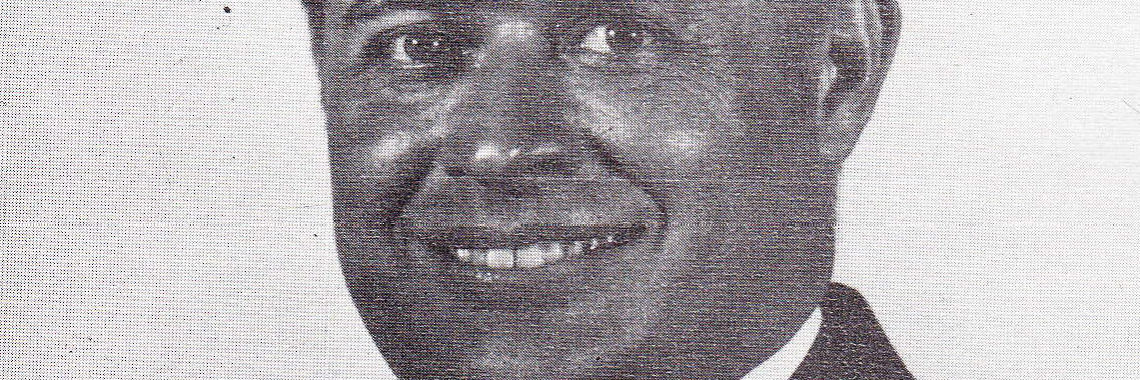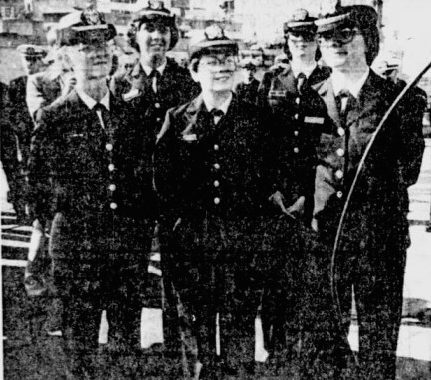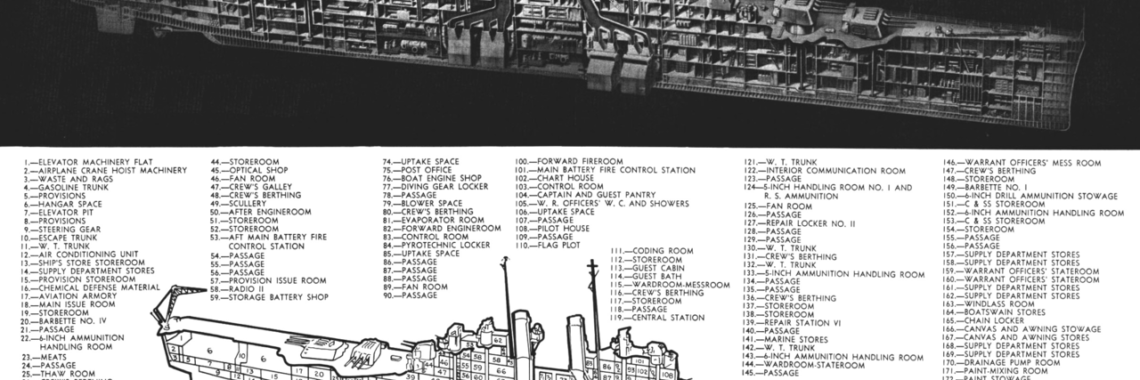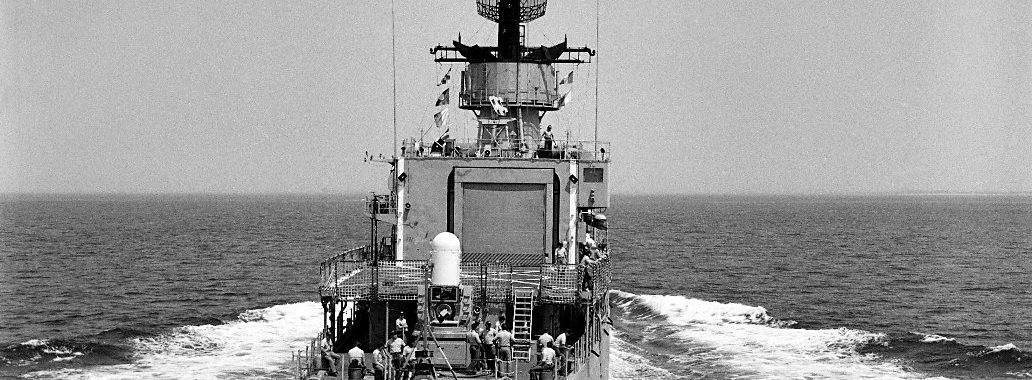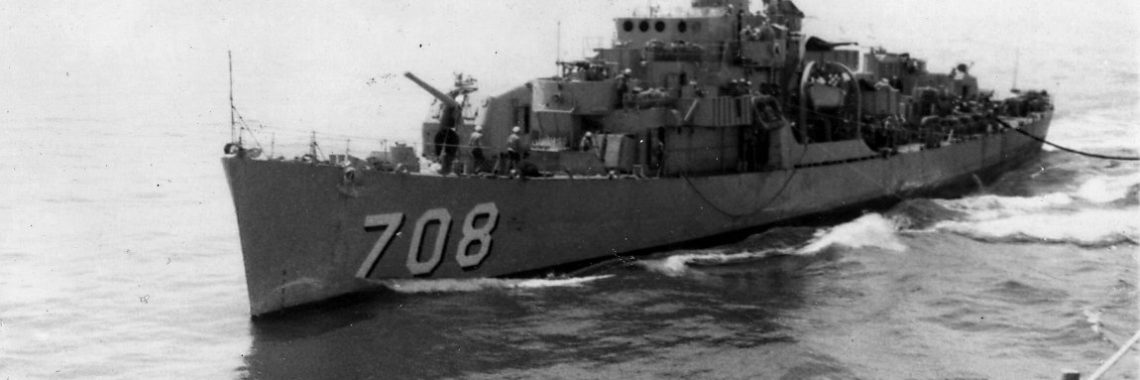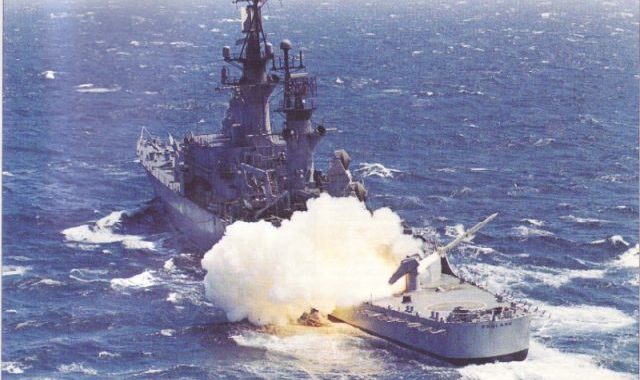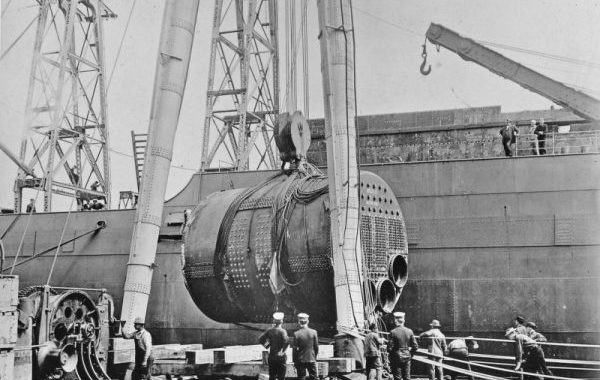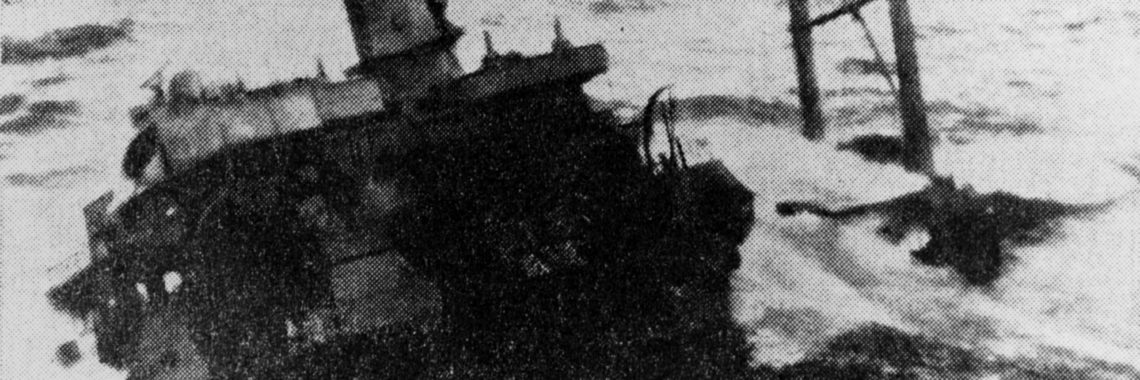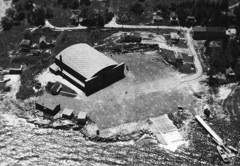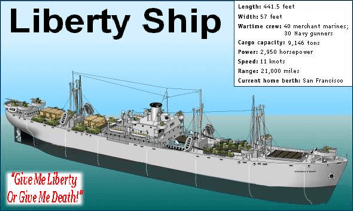The George Stewart I Knew
By Captain Todd Creekman, USN (Ret.) On Saturday, January 7th, 2017 retired Navy Captain George W. Stewart passed away at his home, under hospice care. While I knew his health had been declining, and had visited him in the hospital and a retirement community several times in November and December, I was just not prepared

